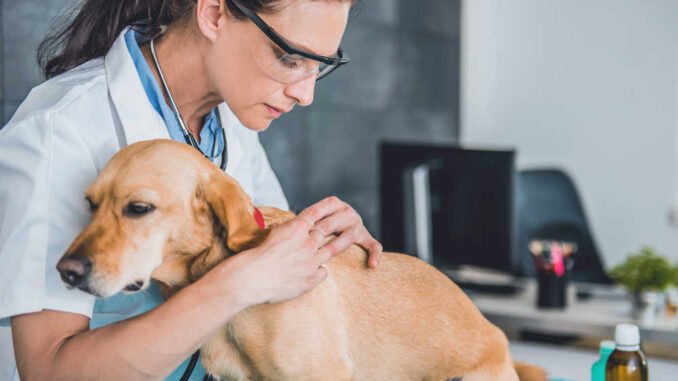
This article was updated on October 2nd, 2023
Hard lumps can be a wide range of things, some of which are worrying and sinister and others that are completely harmless or benign. A new hard lump on a dog is always something worth bringing to the attention of your vet, so they can examine the lesion and determine what it could be. As a rule of thumb, hard lumps under a dog’s skin that are immovable are generally more worrying than soft lumps that are easy to move about.
What is a “hard lump”?
A hard lump is one that feels firm, like a marble or stone. This is in contrast to a soft and squishy lump, which feels more like jelly or fluid. Hard lumps can be found anywhere and some common places would include on the back, alongside the ribs, near a nipple and on the thigh.
Owners often ask me ‘Are cancer lumps on dogs hard or soft?’. The answer is not straightforward as there are a wide range of cancers, many of which feel different. However, soft and squishy lumps are more likely to be benign growths such as lipomas (fatty lumps) and cysts.
Classification of lumps and bumps
If I take a general overview of the lumps I see regularly in my clinic, I would categorize them into:
- Hard growths. A hard lump is one that does not yield to pressure and may or may not be movable. There are lots of possible considerations when a new hard bump is discovered, including a cancer, wart, skin tag or a reaction to an injection or insect sting.
- Soft growths. When a lump feels soft and squishy, again, this can be a number of things. While this could still be a cancerous growth, we might also be dealing with something much less worrying like a fatty lump or a fluid filled cyst.
- Lymph nodes. Dogs have lymph nodes in a range of specific places and they can enlarge due to infections or cancer. A hard lump on a dog’s neck under the jaw could, for example, be a lymph node reacting to an oral abscess.
- Normal anatomy. It is not uncommon for an owner to become worried about a normal part of the dog’s anatomy, such as their occiput, which feels like a hard bump on the dog’s head. This is the pointed part of the skull which can become more visible in older or unwell dogs who have lost muscle mass.
- Hernias. A hernia arises when something that should be inside the body pushes out through muscle. The most common locations for a canine hernia include at the belly button and in the groin.
11 types of HARD lumps on dogs
When it comes to lumps, whether cancerous or not, there are no hard and fast rules. We often see exceptions and should not get too hung up on classifying them into hard or soft and immovable or movable.
However, we could use the following lists as a very rough guideline:
Hard immovable lumps
Sebaceous Gland Adenomas
These little bumps can grow quickly and are typically a fleshy color. When the hair follicle is blocked, sebum can build up. For adenomas that cause no bother to the dog, we often leave them as they are. If becoming infected or bleeding, we may then remove them. Learn more about sebaceous adenomas.
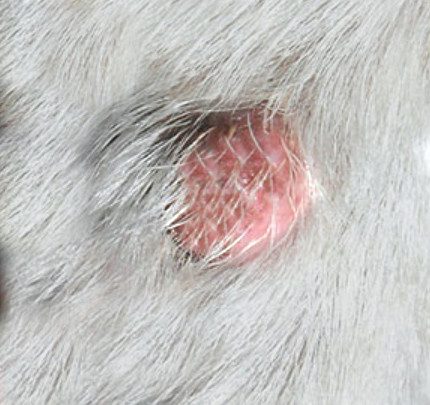
Melanomas
These cancerous growths derive from the pigment producing cells and are not uncommon in dogs. Melanomas occur most frequently in the mouth or on the paws and are a dark, black color. The sooner this cancer is removed the better and patients often need additional therapy such as chemotherapy, radiotherapy and/or the new melanoma vaccine.
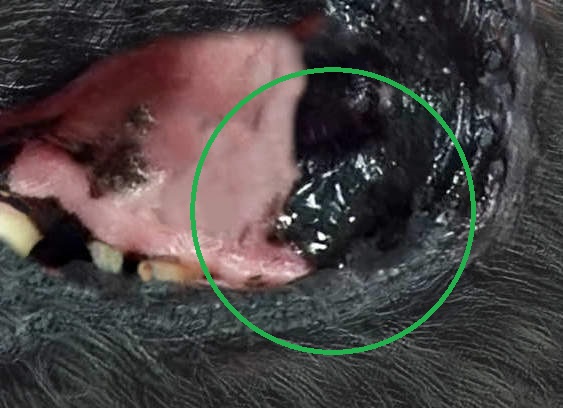
Squamous Cell Carcinomas
These cancers can vary a lot in appearance and will need to be sampled in order for the vet to reach a diagnosis. They tend to appear on lighter skin and may initially look like a cut or ulcer that won’t heal. Treating early means the cancer spreading is less likely, and the treatment is to surgically remove the lesion.
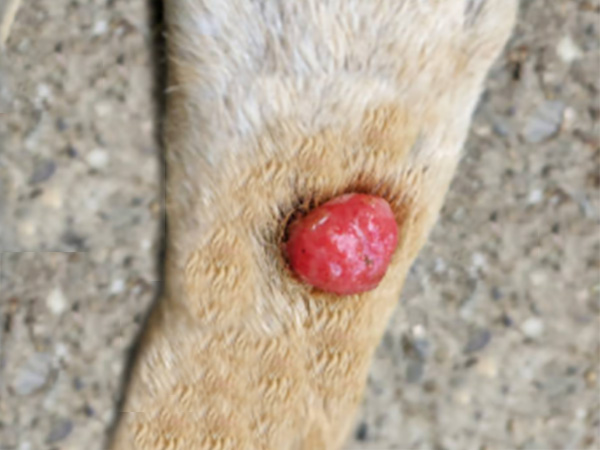
Warts
Warts grow over the skin and resemble fleshy cauliflowers or mini brains. They tend to be pink though can be darker too. They are generally seen in very young dogs as well as seniors and can grow anywhere, particularly on the face and mouth. We won’t always remove warts, but can do so if they are causing the dog any issue. View more pictures of warts or read about the differences between warts and skin tags.
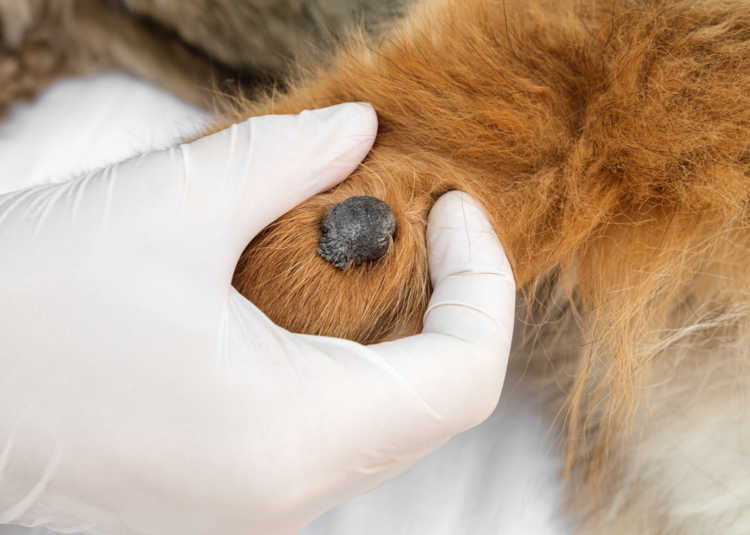
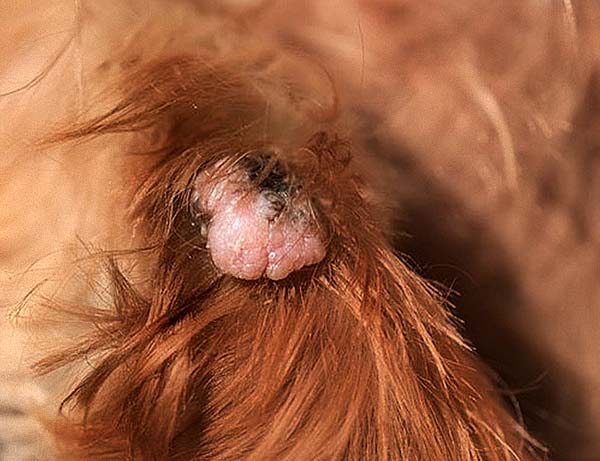
Hives
Hives are raised, itchy lesions that come on suddenly after contact with an allergen such as a specific food, insect sting or nettles. They may appear in a cluster or can be all over the body. Treatment usually includes washing the skin to remove any allergen and the use of anti-histamines. More serious allergic reactions would require medical care.
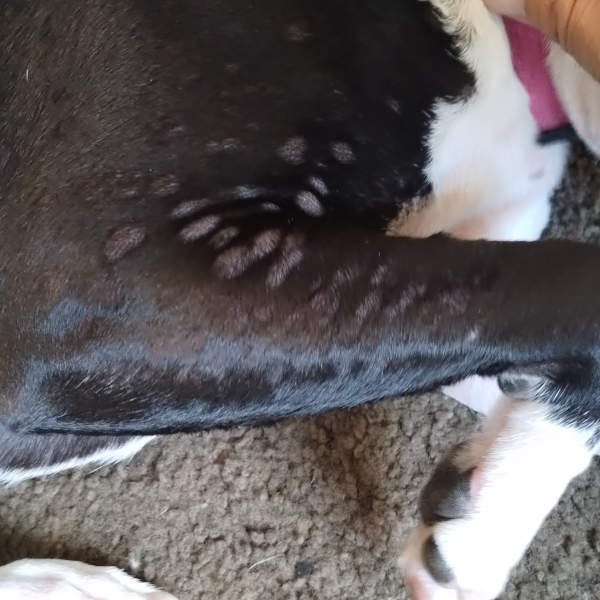
Hard movable lumps
Mast Cell Tumors
A mast cell tumor is also called ‘the great pretender’ as it can take on a variety of forms and appearances and is many a time mistaken for something else. These cancers can even grow and shrink in size. Some are more aggressive than others, and more likely to spread. They should be diagnosed using a Fine Needle Aspirate (FNA) and surgically removed with wide margins. Chemotherapy may also be advised, including specific medicine such as Masitnib. View more pictures of mast cell tumors.
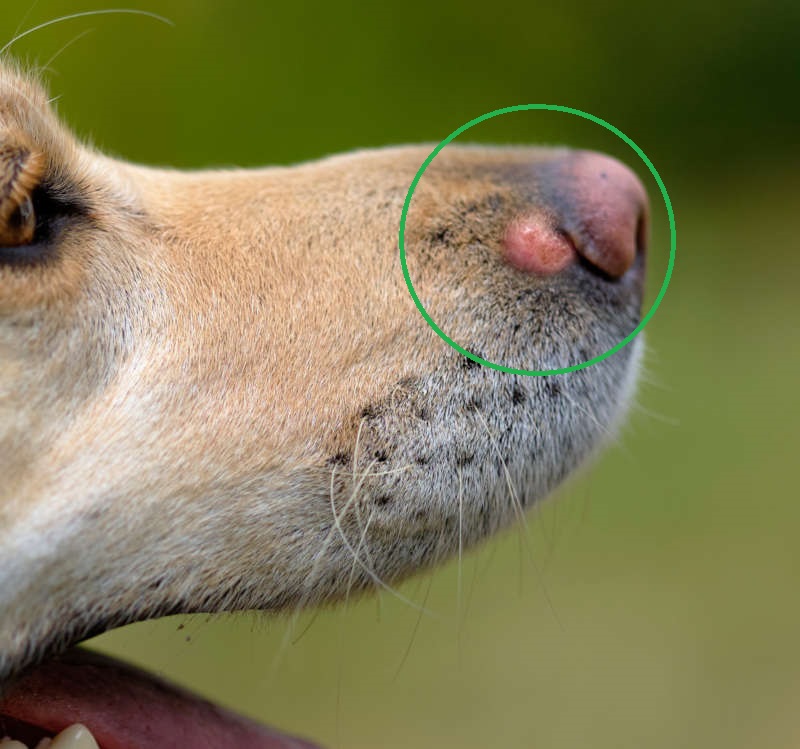
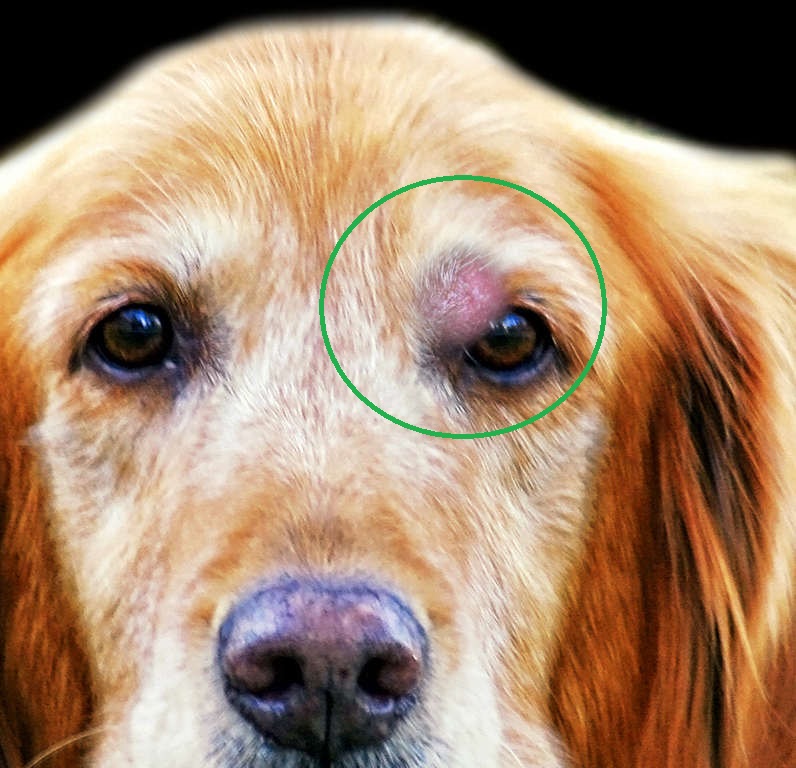
Histiocytomas
A histiocytoma is a raised bump that tends to freely move when pressure is applied. They are usually red and smooth and we see them in those under the age of three and treatment is usually not needed as they disappear by themselves given time. Breeds including the Boxer, Boston Terrier and Labrador are most at risk.
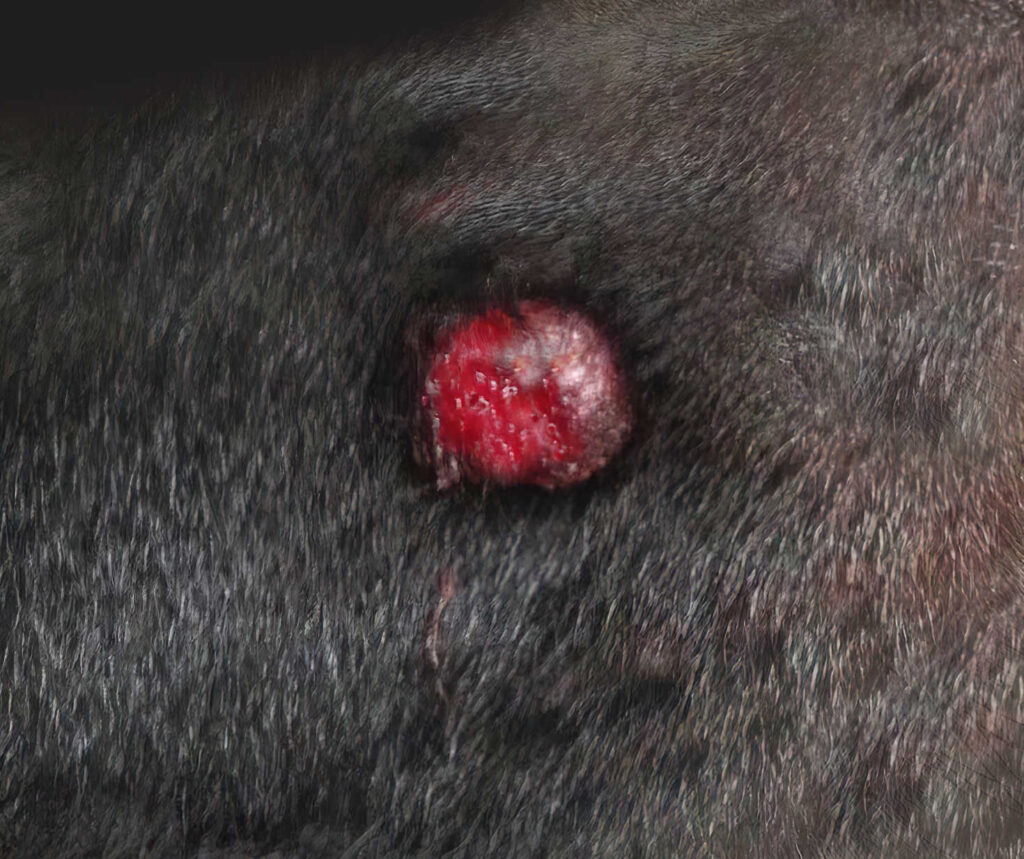
Lipomas
Lipomas are fatty lumps and we see them in older dogs, particularly those that are over weight. The Labrador is very prone to these lumps, as is the Cocker Spaniel and Schnauzer. They feel soft and squishy and move easily under the skin. They can grow very large, even to the size of a grapefruit. The diagnosis should be confirmed with an FNA and most lipomas are not treated or removed, unless affecting the dog’s mobility.
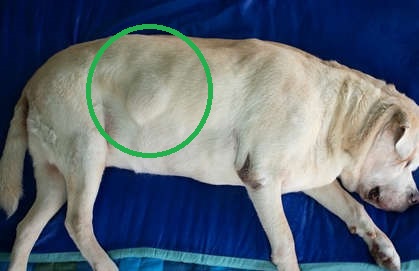
Abscesses
An abscess is an infection and the liquid inside an abscess is pus, which is made up of white cells and bacteria. These lesions develop quickly and can be associated with e.g. a rotten tooth, fox tail under the skin or a recent bite from another animal. They can feel warm and are tender to touch. Abscesses are usually drained and flushed and the patient is given a course of antibiotics.
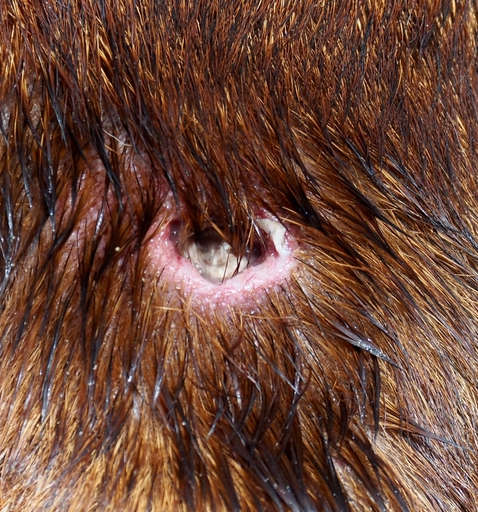
Enlarged lymph nodes
Lymph nodes can swell up from time to time, when fighting an infection. They are located in a range of places including under the jaw, behind the knees and in the groin. Your vet will know where they should be and will usually be able to determine if the swelling is a lymph node, based on the location. When a lymph node is raised for a long time or with no obvious explanation, it may be sampled.
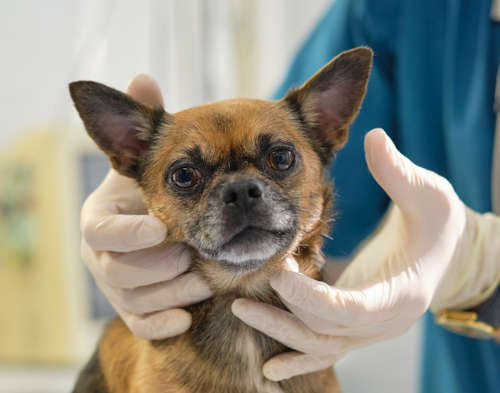
Microchips
A hard movable lump under the skin of the dog that is located between the shoulder blades and has been there since they were a puppy is probably just their microchip. Have a vet confirm this with their microchip scanner if you’re worried.
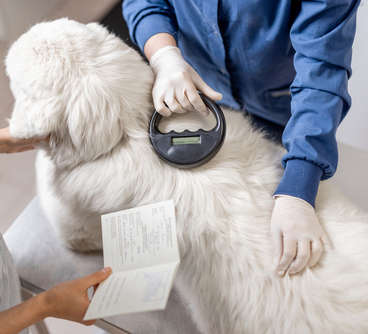
How can i tell if a hard lump is cancerous?
The only way to know for sure would be to sample the lump and to send it to the lab for analysis. However, vets can sometimes make an educated guess based on the dog’s age and breed as well as the appearance and location of the lump.
FAQ
What types of hard lumps should I worry about on my dog?
Generally speaking, a new lump that has not gone away within 1-2 weeks is worth investigating. We should also worry about any new hard lumps on a dog with a history of cancer.
How do you I know if I should wait-&-see how it evolves, or make a vet appointment?
When concerned, see the vet! If you’ve noticed a new lump that is not going away or seems to be growing or changing, it is best to arrange an appointment so your vet can examine it. Remember, many cancers are treatable but the earlier we diagnose and treat them, the better the prognosis.
Disclaimer: This website's content is not a substitute for veterinary care. Always consult with your veterinarian for healthcare decisions. Read More.


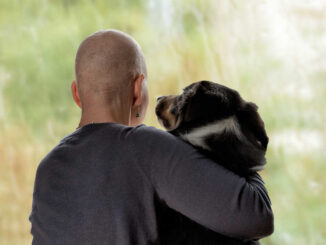
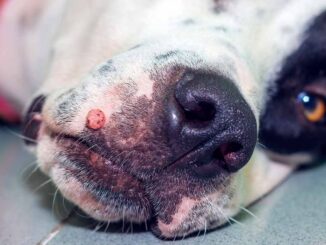
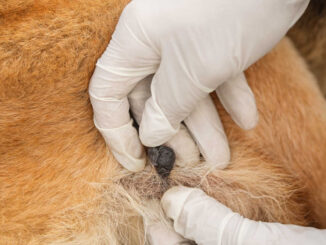
Be the first to comment